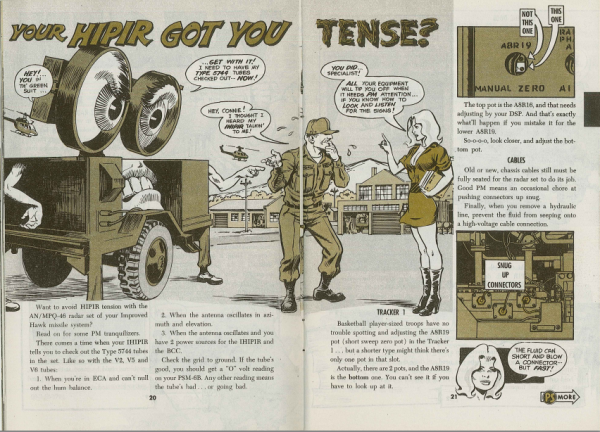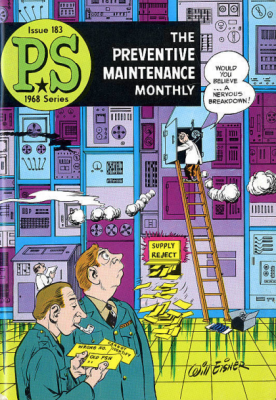The bane of life for anyone who possesses a well-used pile of spanners is the humble nut and bolt. Durable and easy to fasten, over our lifetimes we must screw and unscrew them by the million. When they do their job they’re great, but too often they seize up solid, or more alarmingly, gradually undo themselves over time due to vibration or thermal stress. There are a host of products such as locking nuts or thread sealant to deal with this problem, but the Fraunhofer Institute have an idea which might just remove the worry surrounding important fastenings. Their work has resulted in a solar-powered bolt with an embedded sensor that phones home when the connection loosens, allowing an engineer to be dispatched with a spanner to tighten it up.
The sensor itself is a washer which reports the force placed upon it, when this reduces an alert is sent. Communication is via Fraunhofer’s own MIoTy low-power wide-area network (LPWAN) protocol, but we’d imagine that one of the many competitor technologies could also serve.
This is an interesting idea that could no doubt result in targeted maintenance catching faulty fastenings early and averting disaster in the infrastructure projects such as bridges and wind turbines that they mention. We worry slightly though, because these types of structures have lives not in the few years of most tech products but in centuries. Will an IoT bolt head sensor still be phoning home in a few decades time, or will the system rely on old bolts being replaced at regular intervals of a decade? It’s not unknown for disasters to be the result of failures in fastenings a century old, so we sincerely hope that authorities in charge of whatever bridge relies on these won’t be tempted to skimp on their replacements. Perhaps a guy with a spanner every few years might be a more dependable option.



 The first of these rags was called
The first of these rags was called 









